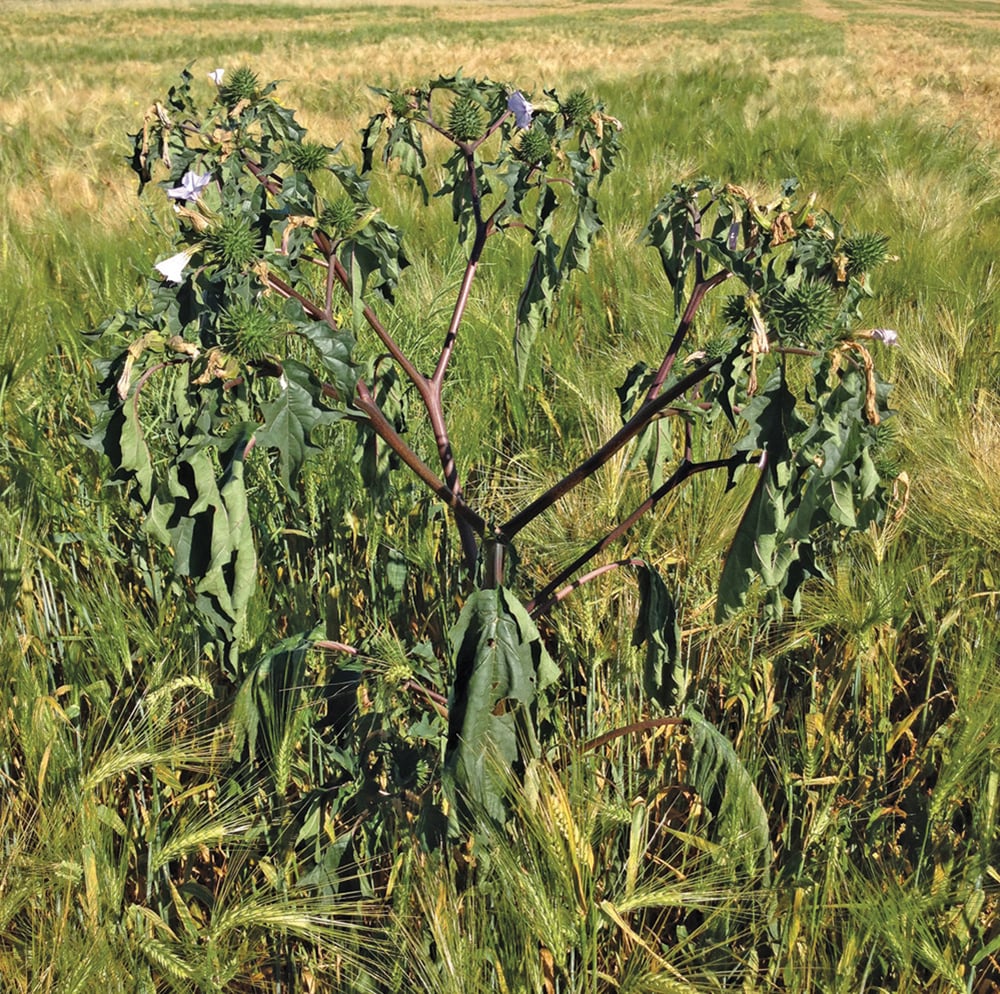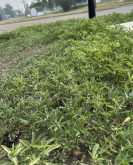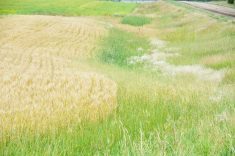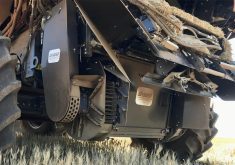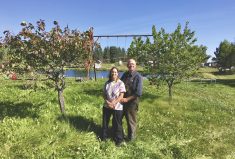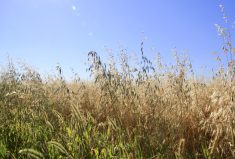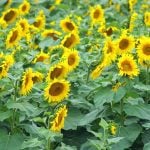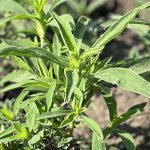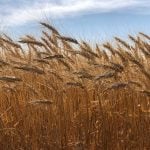Although its exact origin is unknown, devil’s trumpet — otherwise known as jimsonweed — is found in many countries around the world in both agricultural and ornamental settings. Introduced to this province as a contaminant of agricultural seed, this smelly weed is under review by the provincial Agriculture Ministry and it has been recommended to be added to the Weed Act as a prohibited noxious weed.
Jimsonweed is foul smelling and reproduces by seed only. Dense stands will yield an average of 1,300 to 1,500 seeds per plant. It is best eradicated early as it’s a strong competitor, interferes with harvesting equipment, reduces crop yields, and is quite toxic to humans and animals. The concentration of toxins varies greatly from plant to plant, which increases the risk of a fatal overdose.
Read Also
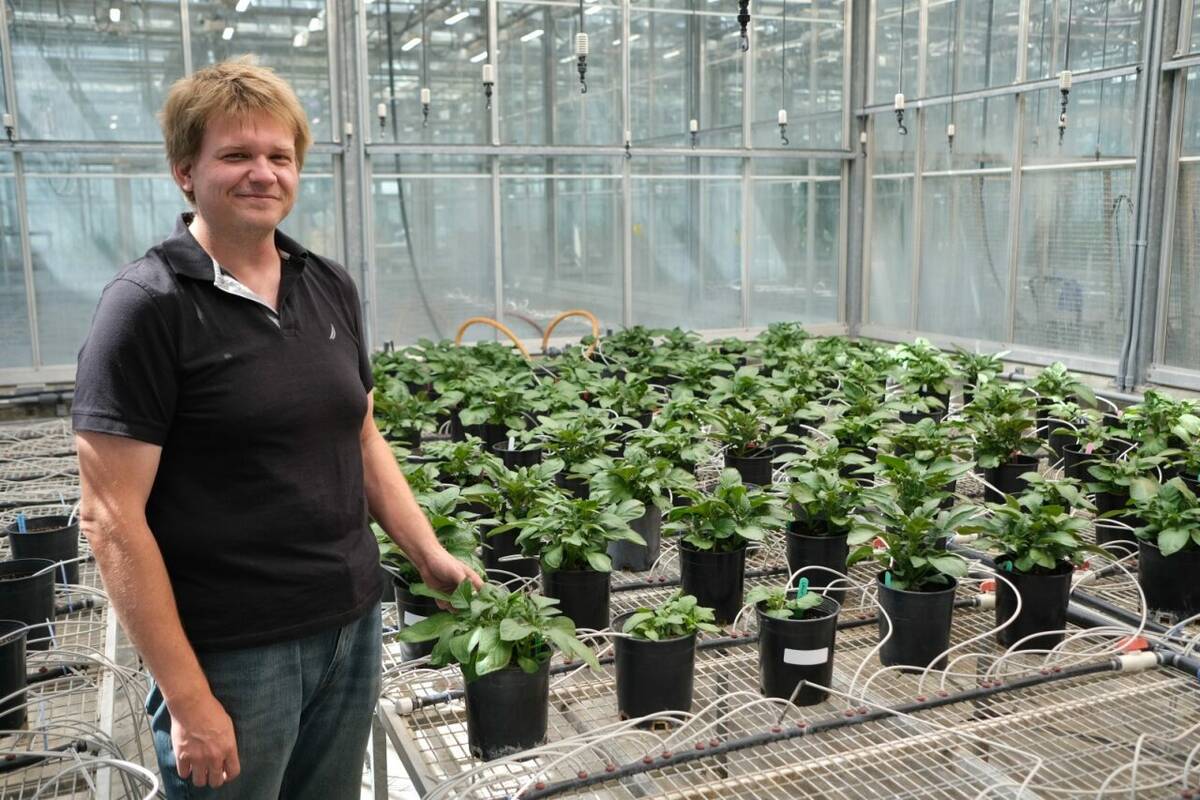
Hail research hopes to benefit potato growers
Alberta research scientist measures hail storm and heat dome affects on potato crops
Identifying this pest is the first step. It has a green to purplish stem along with large, toothed, shrivelled leaves. Its long trumpet-shaped, foul-smelling flowers are enough to give this plant away. In addition to the smelly flowers, the leaves when crushed also give off a vile odour.
Identified control measures include tillage and hand pulling before seed production, and using certain registered chemical controls or fungal pathogens as a biocontrol, but more research is needed. Grazing is not recommended as a control method.
For more information on this or any invasive plant, contact your local agricultural fieldman or the Alberta Invasive Species Council.
Aimee Delaney is a conservation assistant for Red Deer County.

